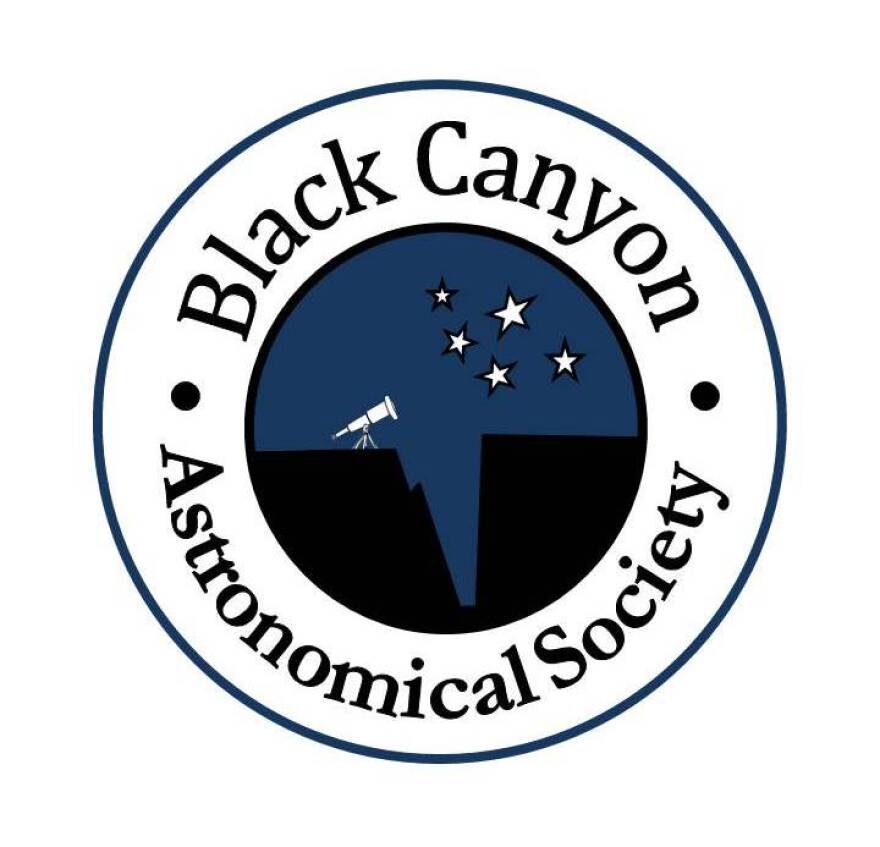Greetings, my name is Brenda Harvey and I am a Volunteer Solar System Ambassador with NASA/JPL. As part of my job I get to inform my community of NASA happenings.
As many of you know, NASA stands for the National Aeronautics and Space Administration and JPL stands for Jet Propulsion Laboratories.
NASA is a government agency responsible for technology and science related to air and space. They have satellites in space and rovers on Mars, but what people sometimes don’t know is that NASA does a lot of research on earth to help benefit in our daily lives, including researching snowfall and mosquito mitigation to prevent people from dying of mosquito-borne illnesses.
Today I am happy to tell you about a NASA event called International Observe the Moon Night set to happen October 5, 2019. This is an annual world-wide celebration of lunar exploration and science. It began in 2010 and it sets one day where everyone on earth is invited to observe and learn about the moon. It also serves to celebrate the personal and cultural connections we have with our one moon, which also happens to be our closest neighbor in space.
Each year this event happens in September or October around the moon’s first quarter, due to the fact that at first quarter the moon is visible in the afternoon and the evening, which makes it a great time to get together and view the moon.
While some might think that full moon would be a good time for such an event, a first quarter moon is actually better. Most lunar features are seen best near the lunar terminator, the line which corresponds to sunrises or sunsets on the lunar surface. Long shadows near the terminator accentuate lunar topography. At first quarter on October 5, the sunrise terminator will bisect the lunar disk, allowing for great views of huge craters and other features.
Locally you will have a chance to participate in this free, international event at Orchard City Town Park from 6 to 9 p.m. on October 5. The Black Canyon Astronomical Society will set up telescopes, and I will also be there to provide information and activities.

Western Slope Skies is produced by the Black Canyon Astronomical Society. This episode was written and recorded by NASA Solar System Ambassador Brenda Harvey.


